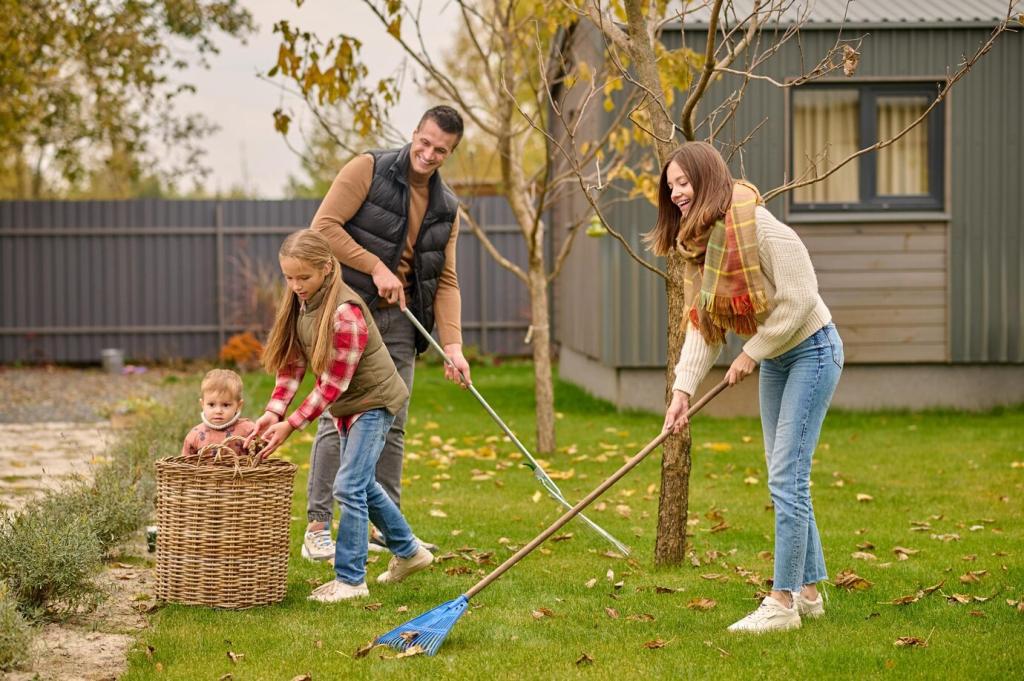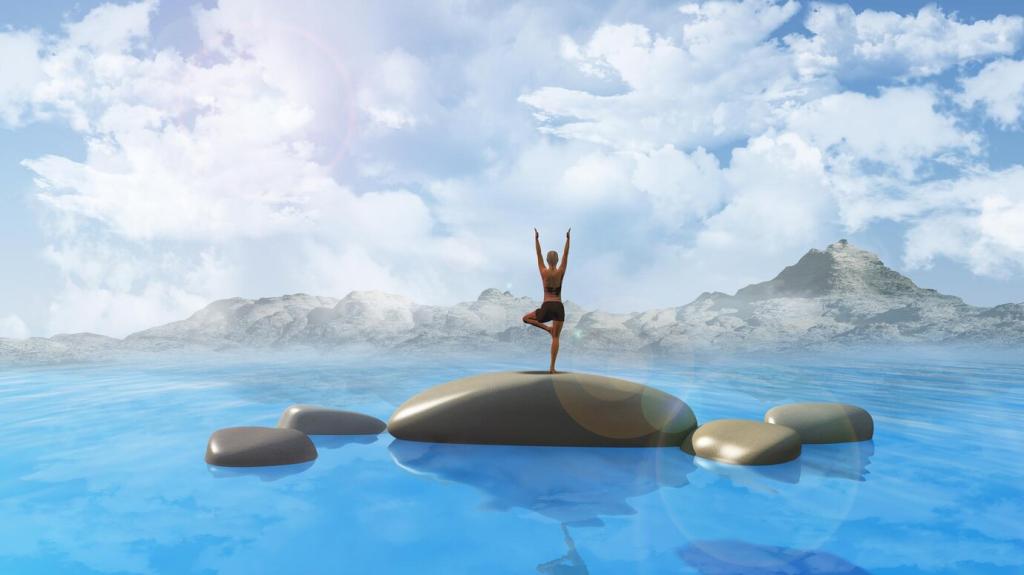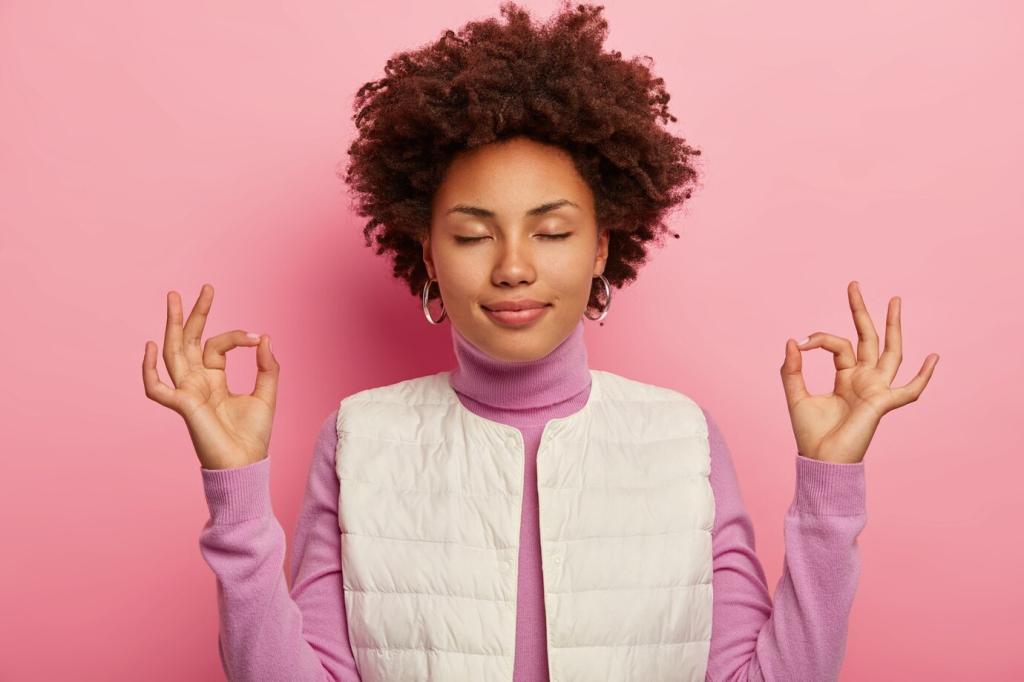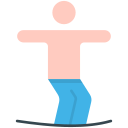
Today’s Theme: Guided Imagery and Visualization
Step into your inner landscape with Guided Imagery and Visualization—an accessible mind-body practice that transforms stress into clarity, tension into ease, and scattered thoughts into a calm, creative focus.
From Daydreams to Deliberate Practice
Guided Imagery and Visualization is not empty daydreaming; it is deliberate, sensory-rich attention. You paint an inner scene—sounds, textures, scents—and your nervous system responds as if it were real. Share how you want to feel after your next practice.
The Brain’s Simulation Superpower
When you imagine, your brain recruits many of the same networks activated by lived experience. This simulation can dial down stress responses and prime helpful patterns. What scenario would you like your brain to rehearse for you this week?
A One-Minute Reset
Close your eyes, soften your jaw, and picture a safe place. Inhale as you notice colors; exhale as you notice textures. Repeat three times. If you tried it, describe one detail that surprised you, and subscribe for weekly mini-practices.

Crafting Vivid Inner Landscapes

Start with a location you love. Add the scent of pine or coffee, the warmth of sunlight, a distant gull’s call, the grain of a wooden railing. The richer the details, the deeper the calm. Tell us one sense you naturally favor.
Everyday Uses: Calm, Clarity, and Confidence
Imagine stepping into a quiet library corner. Your breath slows with each imagined page turn. Shoulders soften at the hush of turning leaves outside. Two minutes restore composure before you rejoin your day. Share your favorite micro-escape below.
Anecdotes From the Inner Trail
Maya’s Beach for Better Sleep
An overworked nurse, Maya pictured a moonlit beach, listening to a steady tide. She counted the waves, paired with slow breaths, and her buzzing mind finally softened. After a week, she fell asleep faster. Share your own bedtime scene inspiration.
Leo’s Bridge to Public Speaking
Terrified of presenting, Leo imagined crossing a wooden bridge. Each plank matched a slide. By the final plank, he pictured applause and a warm smile. His real talk flowed. If you try this bridge method, tell us what your planks represent.
A Hiker Finds Pain Relief
Recovering from a sprain, a hiker pictured a cooling stream around her ankle, breathing into the sensation of spaciousness. Her discomfort eased enough to relax. Visualization does not replace care, but it can support it. What soothing image helps you?
Sit comfortably. Imagine a sun-dappled path under tall trees. Notice the filtered light, a kind breeze, and a bird’s distant call. Each slow breath brightens color and softens sound. Whisper your intention: calm, clarity, or courage.
A Short Guided Journey You Can Try Now
Visualization works even without clear images. Lean on other senses—sound, touch, temperature, emotion, and words. Imagine the weight of a blanket or the hush of snowfall. Which non-visual sense feels easiest for you to engage right now?
Overcoming Common Obstacles
Shorten sessions and add a gentle anchor: a hand on your heart, a repeated word, or a metronome-like breath. Noise can become part of the scene—rain on a cabin roof. Tell us your best anchor, and we’ll share reader favorites next week.
